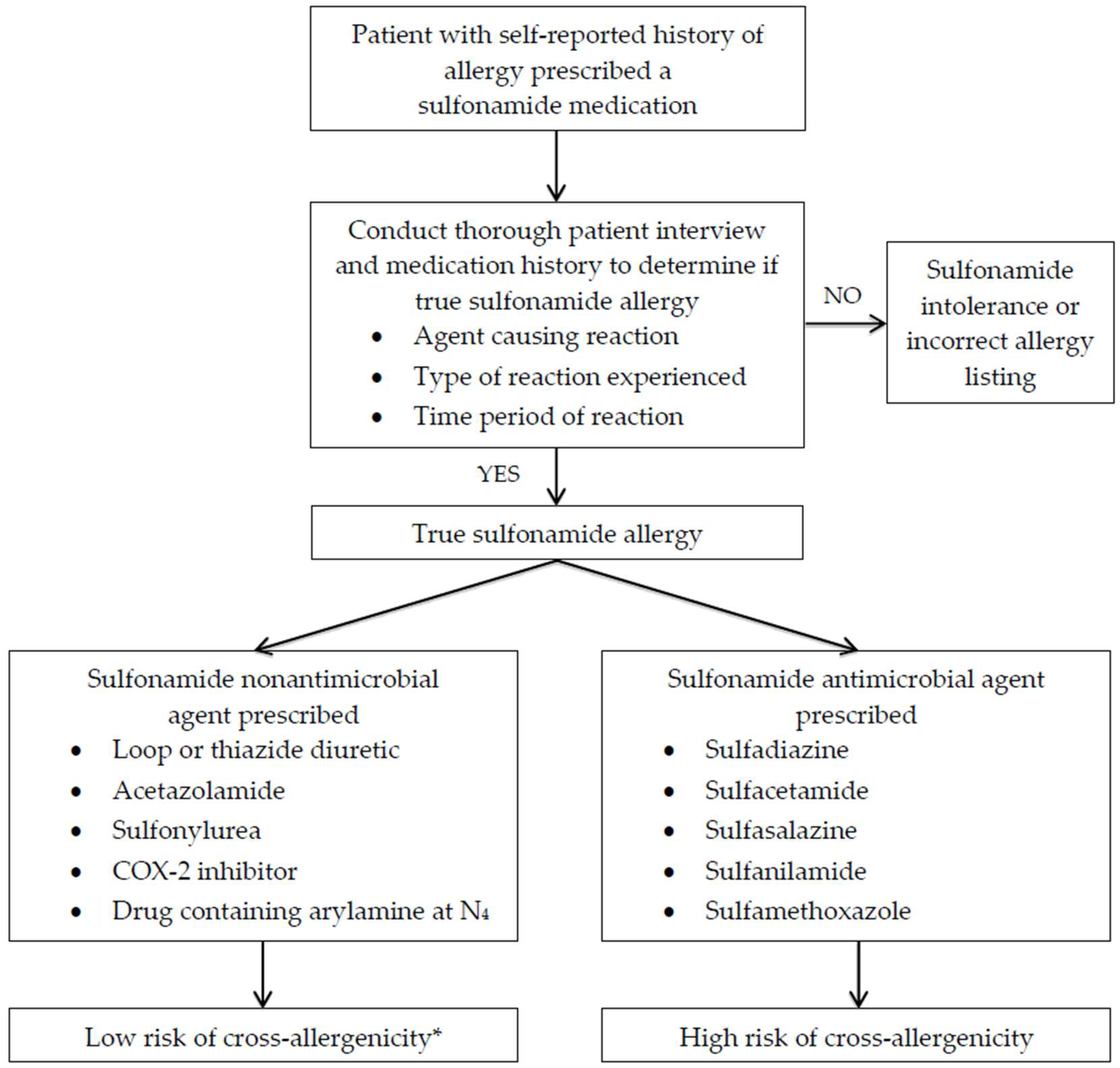
True or false: Cephalosporins can never be safely prescribed to patients with a true IgE-mediated penicillin allergy (anaphylaxis, hypotension, wheezing, laryngeal edema, angioedema or urticaria). In addition, patients with a listed penicillin allergy have a longer length of stay and are more likely to experience a delay in receiving their first dose of antibiotics if they present to the hospital with sepsis. All of the developments above have been demonstrated. Be more likely to develop an infection with a resistant bacteria such as methicillin-resistant Staphylococcus aureus (MRSA), vancomycin-resistant enterococci (VRE) or Clostridium difficile.Be treated with a more toxic or expensive antibiotic due to their listed penicillin allergy.Develop a post-surgical infection due to use of a second line prophylactic antibiotic at the time of surgery.Experience treatment failure due to the use of a second line antibiotic to treat their infection.People who have a penicillin allergy listed in their medical records are more likely to:.

Approximately 50 percent of people will outgrow a penicillin allergy within five years, and 80 percent will outgrow it within 10 years. True or false: You can never grow out of a penicillin allergy. Penicillin allergy is not inherited, and avoidance of penicillin is not required in patients reporting a family history of penicillin allergy. Patients reporting a penicillin allergy because of a family history of penicillin allergy.Reports of a remote reaction when the patient was a young child with sparse details, if any, available.Many of these signs and symptoms are also commonly seen with viral illnesses for which many people are inappropriately prescribed antibiotics, and symptoms caused by the virus can then be mistakenly blamed on the antibiotic.
#Penicillin allergy cross reactivity skin
Attributing known antibiotic side effects - such as diarrhea, headache, abdominal pain or nausea - or most nonhive skin rashes to an allergy.Common reasons for being falsely labeled with a penicillin allergy include: Approximately 10 percent of people who report a penicillin allergy are truly allergic to penicillin 90 percent of people who report the allergy can safely be treated with penicillin. What percentage of these people are truly allergic to penicillin?



 0 kommentar(er)
0 kommentar(er)
